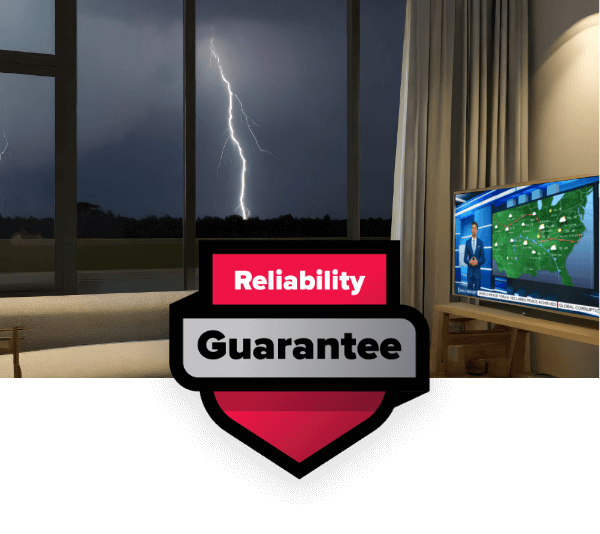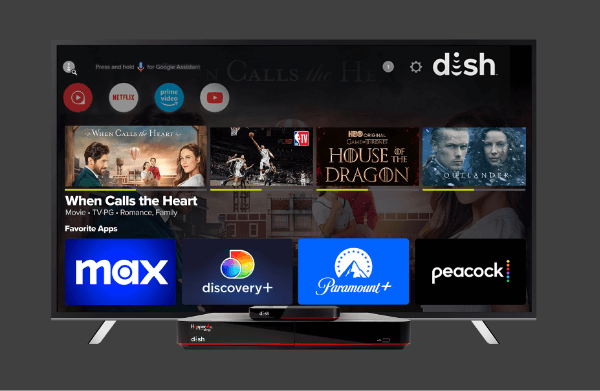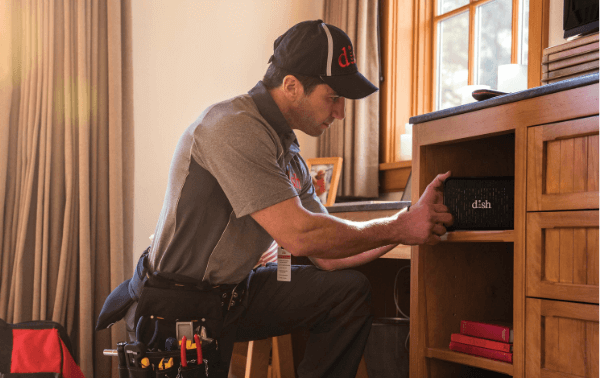PON vs. AON Networks: Different Fiber Architecture Explained
Table of Contents
When searching for the best internet providers in your area, you may notice many companies advertising fiber internet. Fiber optic technology delivers the fastest and most reliable internet connections available today.
But did you know there are different types of fiber architectures in the way of PON vs. AON networks? Knowing the differences between Passive Optical Networks (PON) and Active Optical Networks (AON) can help you make informed decisions when you compare internet providers.
What Are Fiber Optic Networks?

Fiber internet overview
Fiber optic networks use thin strands of glass or plastic to transmit data as pulses of light. This technology offers significant advantages over traditional copper cable networks, including:
- Faster speeds (up to 10 Gbps for residential connections)
- Greater reliability and stability
- Lower latency (delay in data transmission)
- Resistance to electromagnetic interference
- Better signal quality over longer distances
Fiber to the Home (FTTH) is the gold standard for residential internet connections, providing a direct fiber optic line to your residence [1]. But how these networks are structured significantly impacts their performance, cost, and suitability for different areas.
PON vs. AON: The Fundamental Difference
The main distinction between PON and AON lies in how they distribute optical signals to multiple users. Both are used in FTTH deployments, but they use different approaches to sharing network resources [2].
What is a PON (Passive Optical Network)?
A PON is a point-to-multipoint network architecture that uses passive optical splitters to divide the signal from a single fiber line among multiple subscribers (typically up to 128 users per splitter). The term “passive" refers to the fact that no powered equipment is needed in the distribution network—only optical splitters that require no electricity.
In a PON system, an Optical Line Terminal (OLT) at the service provider’s central office sends signals downstream to multiple Optical Network Terminals (ONTs) or Optical Network Units (ONUs) located at customer premises. The same fiber carries both upstream and downstream traffic through wavelength division multiplexing (WDM).
What is an AON (Active Optical Network)?
An AON is a point-to-point network architecture where each subscriber has a dedicated fiber strand connected to a powered switching device. The “active" refers to the electrically powered equipment (switches, routers, or aggregators) used to manage signal distribution and direct signals to specific customers.
In an AON, each subscriber’s connection is independent of others, allowing for dedicated bandwidth and greater flexibility. AONs commonly use Ethernet technology, making interoperability between different vendors straightforward.
Key Components of PON and AON Systems
Both PON and AON rely on specific components to ensure efficient data transmission and network functionality [3]:
PON System Components
- Optical Line Terminal (OLT): The central device located at the service provider’s facility that manages the entire PON network.
- Optical Network Terminal/Unit (ONT/ONU): The customer-side device that converts optical signals to electrical signals for use by your devices.
- Passive Optical Splitters: Divide the optical signal without requiring power, allowing multiple users to share a single fiber line.
- PON Transceivers: Enable data transmission and reception between the OLT and ONUs.
AON System Components
- Switching Equipment: Powered devices like routers or switches that direct signals to specific customers.
- Optical Network Terminal (ONT): Similar to PON systems, converts optical signals to electrical signals at the customer’s location.
- Active Components: Amplifiers, transponders, and modulators play crucial roles in enhancing signal strength and converting signals between formats.
Comparing Key Differences

PON vs. AON differences
When you compare internet plans that use fiber technology, understanding these key differences can help you evaluate the service quality you might receive:
Signal Distribution
- PON: Shares bandwidth among multiple users (up to 128 subscribers per splitter). Each user receives all signals, with encryption ensuring privacy.
- AON: Provides dedicated bandwidth to each subscriber with independent fiber connections, enhancing security and reliability.
Cost Structure
- PON: Generally less expensive to deploy and maintain due to fewer components and lower power requirements. This often translates to more competitive internet prices.
- AON: Higher installation and operational costs due to powered equipment requirements and more extensive fiber infrastructure.
Coverage Distance
- PON: Typically limited to about 20 km from the central office to the subscriber.
- AON: Can cover distances up to 70-100 km, making it suitable for more remote areas.
Network Performance
- PON: May experience bandwidth limitations during peak usage times as users share capacity.
- AON: Maintains consistent speed regardless of neighborhood usage patterns due to dedicated connections.
Network Expansion
- PON: Easier to expand by replacing optical splitters with ones that have more branches.
- AON: Requires installing additional optical interface boards at tributary nodes, making expansion more complex.
Troubleshooting and Maintenance
- PON: More challenging to pinpoint issues since multiple users share the same fiber lines.
- AON: Easier to identify and resolve problems because each fiber carries signals dedicated to one customer.
When to Choose PON vs. AON
Deciding between PON and AON depends on the specific needs, scale, and priorities of the network deployment.
PON is Better When:
- You want more affordable deployment in densely populated areas
- Energy efficiency and lower operational costs are priorities
- You’re serving residential neighborhoods with standard internet needs
- The network doesn’t need to cover extremely long distances
- Radio frequency and video services will be deployed alongside internet
AON is Better When:
- You need service for areas that are far from the central office
- Consistent high bandwidth is crucial, regardless of neighborhood usage
- Serving businesses with demanding bandwidth requirements
- Network security is a top priority
- Future-proofing for extremely high bandwidth needs is essential
- The target audience includes commercial users or multiple dwelling units
The Future of Fiber Networks
Both PON and AON technologies are evolving. New standards like XGS-PON and NG-PON2 are increasing PON speeds to 10 Gbps and beyond, while AON architectures continue to benefit from advances in switching technology.
When you compare internet providers, consider asking which fiber architecture they use. While both PON and AON deliver excellent performance compared to copper-based alternatives, and being familiar with the underlying technology can help set appropriate expectations for your service.
Fiber networks provide the future of internet connectivity, offering unparalleled speed and reliability. Whether deployed as PON or AON, fiber infrastructure provides a solid foundation for the increasing bandwidth demands of streaming, gaming, smart home technology, and remote work.
Finding the Right Fiber Internet Provider

Get connected with fiber internet today
As you search for the best internet providers in your area, consider these factors beyond just the network architecture:
- Available speeds and pricing tiers
- Service reliability and uptime guarantees
- Installation fees and equipment costs
- Contract terms and potential price increases
- Customer service reputation
- Coverage availability at your specific address
Remember that the “best" provider ultimately depends on your specific needs, usage patterns, and budget. An internet comparison of providers in your area should take all these factors into account.
Whether your local providers use PON or AON architecture, fiber internet represents a significant upgrade over traditional copper-based services.
Regardless of the underlying architecture, fiber internet provides the speed, reliability, and performance needed for today’s connected homes and businesses. As you compare internet plans, prioritize providers that offer fiber connectivity for the best possible online experience.
Sources
[1] TechTarget. “Fiber to the Home (FTTH)."
[2] LinkedIn. “What are the current and future trends and challenges of AON and PON for FTTH markets?"
[3] Bulgin Limited. “What’s the difference between passive (PON) and active (AON) optical networks?"






 Call
Call 

 Access Your Account
Access Your Account